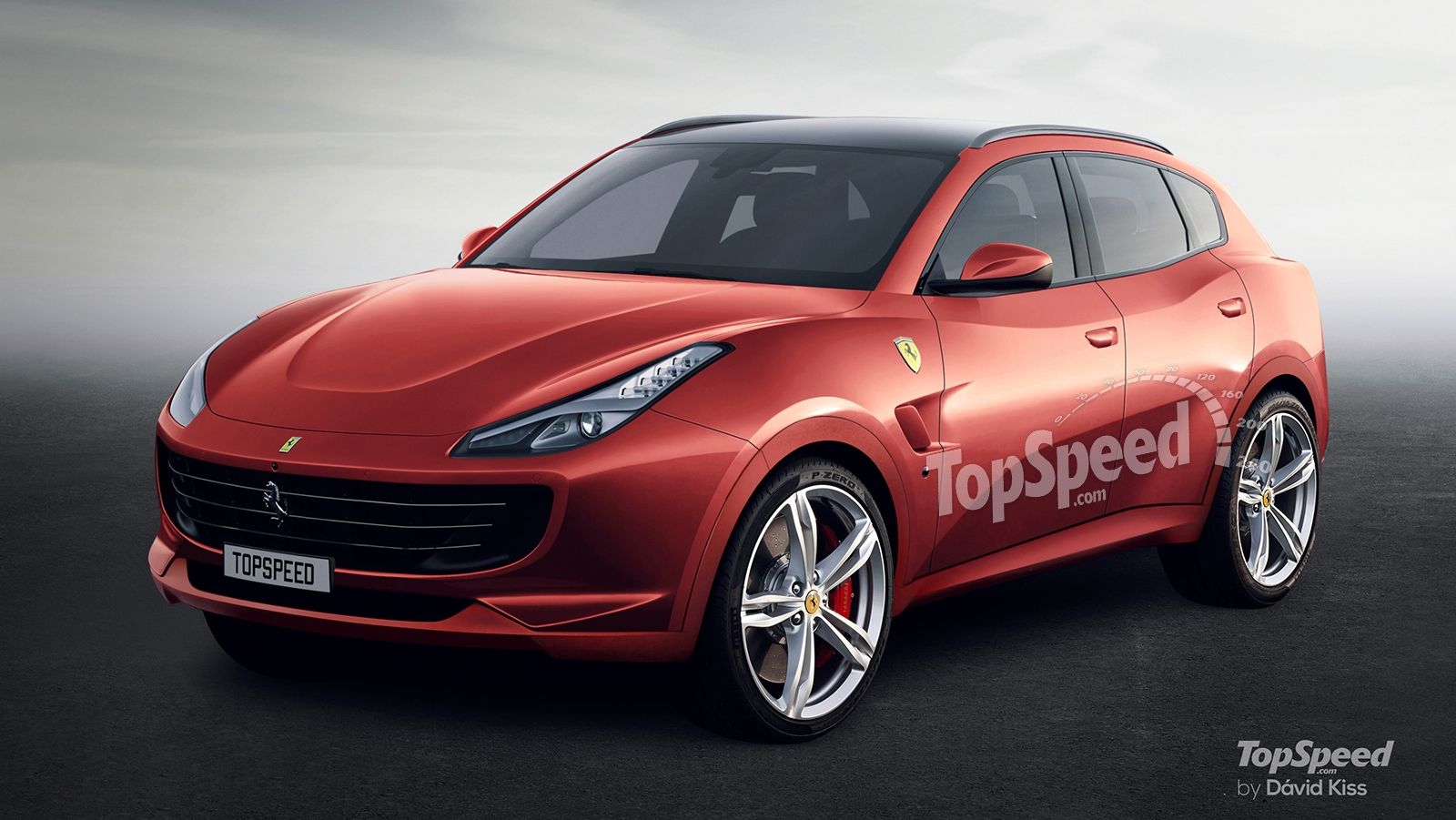Rumors of Ferrari planning to build an SUV have been flying around for more than a decade now, and the general consensus is that a utility Prancing Horse is no longer a matter of "if," but "when." And that time is getting closer, with new reports from people familiar with the company's plans claiming that the Ferrari SUV will get the green light by the end of 2018. Specifically, Sergio Marchionne wants to devise a new five-year plan for the brand until he retires in 2021 and the new strategy will include a four-seat "utility vehicle."
According to Bloomberg, Ferrari finally wants to move beyond its traditional supercar niche in an effort to double profits by 2022. Sounds like the kind of strategy we've seen from most automakers, including Maserati and Alfa Romeo, lately, right? Yes, but for Ferrari, things are a bit more complex. Adding an SUV means that the self-imposed limit of 10,000 vehicles produced per year will be exceeded and push Ferrari beyond its small vehicle maker status that protects it from some of the more severe fuel and emission rules. In return, Maranello will have to roll out more hybrids in order to keep its carbon footprint down.
Continue reading for the full story.
Why it Matters?
With Ferrari having split from the FCA group in 2014, it's no surprise that Marchionne is looking to push the brand beyond its current limits. Higher sales mean higher profits and better financial stability, both being crucial to the company's aim to become an independent brand. Marchionne has already pushed production volume up from the previous 7,000-unit cap to the current 10,000-example limit, but an SUV will grow things even further. A four-seat utility vehicle is expected to contribute around 2,000 vehicles to annual sales, so Ferrari could produce at least 12,000 vehicles a year starting 2020 or 2021.
Most of these SUVs will go to Asian customers, particularly in China, according to people familiar with the matter. Again, this strategy isn't surprising, as China is a massive consumer of high-performance, luxury vehicles. Of course, a Ferrari SUV would also have moderate success in North America and Europe, but its primary markets will be China and the Middle East.
Interestingly enough, sources inside the company talk about a two- or four-door SUV, so there's a possibility that Ferrari's first hauler could be a coupe-style, two-door crossover. On the other hand, given the current trends, I think that Maranello will go with a four-door layout.
Arguably the biggest issue with a higher production output will be the stricter environmental regulations that Ferrari will be subject to once the SUV rolls out. As a result, Ferrari will need to lower its carbon footprint, and the only feasible way to do it is by producing more hybrids. As of 2017, the LaFerrari was the company's only hybrid, and it was rather mild, with the car still relying on its gas-guzzling V-12 most of the time. In order to build an SUV, Ferrari needs at least two hybrid cars with electric motors that are more than just a boost-providing KERS system.
These hybrids would roll out starting in 2019, but it's not yet known which nameplates will take the electric path first. Of course, the new SUV could also get a hybrid version, but there's a big chance that all Ferraris will have electric motors before the crossover is launched in 2020.
References
Read our speculative review on the Ferrari SUV.

